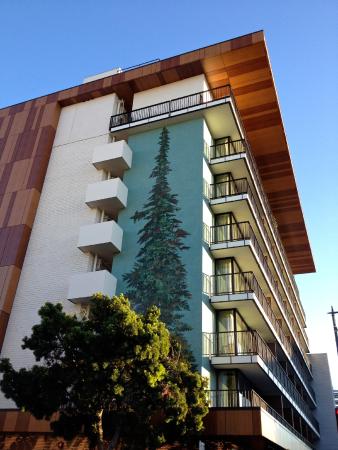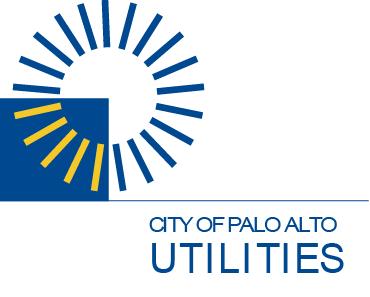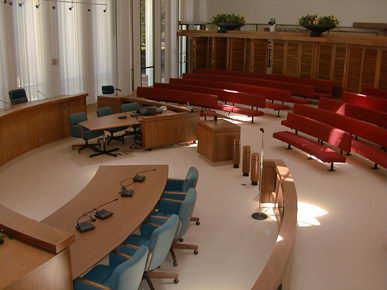All three local propositions were passed by voters on November 4th. Here’s a recap of what these “yes” votes will mean for Palo Alto.
76% of Palo Altans voted yes on Measure B, a proposition to raise the hotel tax to 14%, a 2% increase over the current rate of 12%. This revenue will help fund infrastructure projects including fire stations, parks, parking garages, and the city’s bicycle and pedestrian master plan, and should bring in an additional estimated $2.4M a year. It also makes Palo Alto’s hotel tax one of the highest in California.
84% of Palo Alto voters said yes to Measure C, which will reduce the utility users tax on telephone use to 4.75% in return for modernizing the tax to include a broad swath of telecommunications usage, including wireless communications and VOIP (or voice over Internet Protocol). This proposition would not tax Internet usage, as this is prohibited by federal law. Unlike the hotel tax initiative, which aims to increase revenue, Measure C is targeted to prevent revenue loss as people switch away from landlines.
The measure also removes the discount that nine large users of utilities currently receive on this tax, including Hewlett-Packard, VM Ware, Stanford Hospital and Clinics and Stanford University.
The Utilities User’s Tax (UUT) has been around since 1987, and is projected to generate $11M or about 6% of the City of Palo Alto’s General Fund. Part of the funds from the UUT go towards renting Cubberley Community Center, which is used by Palo Alto residents for classes, recreation, adult education and more.
Just over half- 54% of Palo Altans voted to pass Measure D, which will reduce the number of seats on Palo Alto City Council from the current nine to seven. This shift will take effect for the November 2018 election, when voters will select three council members rather than five. When these new Council members are sworn in on January 1, 2019, there will be seven members on the new council.
The proponents of Measure D argued that the smaller council will increase efficiency and bring Palo Alto’s City Council size in line with other local cities including San Mateo and Mountain View.





